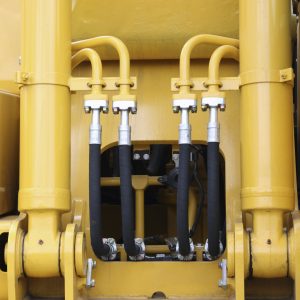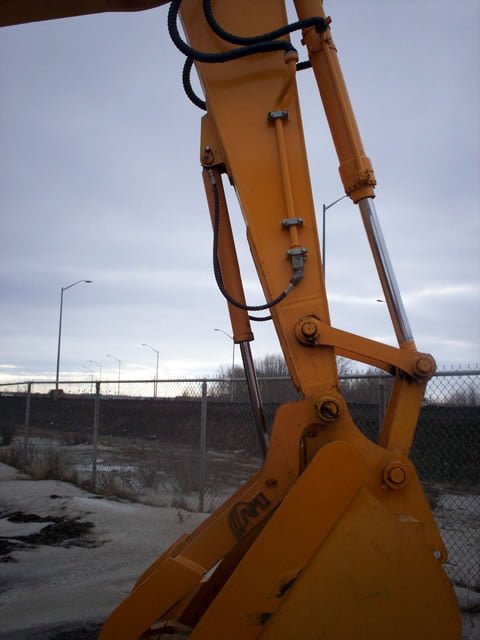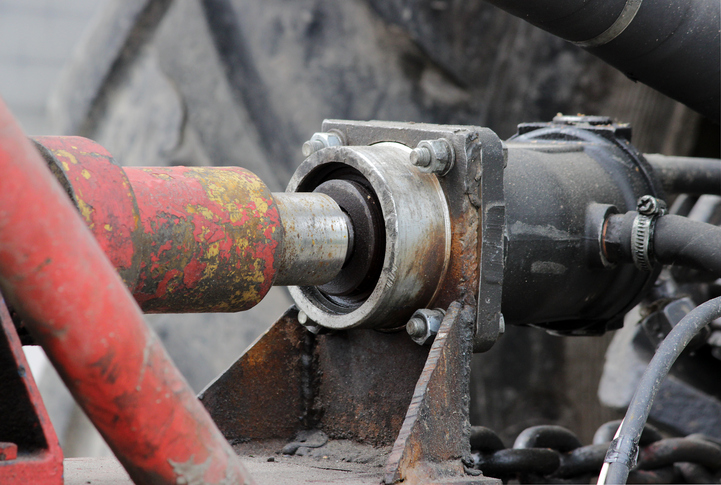 This time of year your equipment may be getting worked overtime. Whether it’s new construction because the summer heat has finally subsided and the time for construction is here, or because winter weather has come to your part of the country and snow removal and clearing is in full swing, your equipment is needed now more than ever.
This time of year your equipment may be getting worked overtime. Whether it’s new construction because the summer heat has finally subsided and the time for construction is here, or because winter weather has come to your part of the country and snow removal and clearing is in full swing, your equipment is needed now more than ever.
Hydraulic equipment is something that many of us have come to depend on for our lively hood. Whether it’s the ability to raise a car on your shop lift to keep your mechanic business running, your ability to control your plow so you can get a parking lot or driveway cleared quickly or the heaving lifting a front end loader or backhoe can accomplish, we depend on that equipment for our livelihood.
Due to the direct correlation between our ability to accomplish the needed task (and get paid), and our equipment running properly, it is extremely important to keep your equipment well maintained and ready for the rigors of daily use. Hydraulics are most often used on equipment either because a very heavy load is needed to be moved, that load needs to be moved reliably or repeatedly, or because that equipment is going to operate in a very harsh environment. Many times, the manufacturer’s choice to use hydraulics in their equipment had something to do with all these factors.
Hydraulics perform well under heavy loads, in harsh environments, and can perform an action over and over again with minimal failures. Due to this great track record, many operators simply get used to the reliability of their equipment and can start to let maintenance slip.
When it comes to maintaining your equipment, make sure you refer to your manufacturer’s recommendations first. There are always the simple items like making sure tires are properly inflated and engines have all their fluids clean and full. In any equipment, one of the biggest things you can do to keep it running properly for a long time is keeping the joints greased. Any joint with a grease fitting should be regularly maintained. How often will be based on equipment runtime and the equipment’s exposure to water and dirt. Keeping these joints moving freely will help keep wear to a minimum and will remove stress from your hydraulic system as it won’t have to work as hard to manipulate your equipment.
When it comes to hydraulic system maintenance, make sure your hydraulic fluid stays full and clean. Make sure to regularly change filters at the prescribed run times and change your hydraulic fluid at the appropriate intervals as prescribed by your manufacture. The other big piece of hydraulic system maintenance is checking your equipment for leaks. Hydraulic fluid is kept under extreme pressures in the system so after use in the extreme conditions we’ve mentioned leaks can start to develop. Like many equipment problems, if leaks are detected early they often can be easily fixed and equipment downtime can be avoided. If leaks are allowed to continue and grow you can find yourself stranded or paying for large equipment repairs. Regular inspections of your hydraulic lines, valves, cylinders and pumps can detect small leaks early and allow for quick and easy repairs.
If you discover a hydraulic leak in your equipment during one of your routine inspections make sure to repair it quickly to keep your equipment in the field. Rather than spending time and money replacing seals and parts, you can simply repair your equipment form the inside out using BlueDevil Hydraulic Stop Leak. You simply add 32 ounces of BlueDevil Hydraulic Stop Leak to every 5 gallons of hydraulic fluid and operate your equipment normally. BlueDevil Hydraulic Stop Leak will recondition the seals in your system stopping the leak and keeping your equipment running.
For more information about BlueDevil Hydraulic Stop leak, visit our product information page here: Hydraulic Stop Leak.
You can also purchase BlueDevil Products at any of our partnering local auto parts stores like:
- AutoZone
- Advance Auto Parts
- Bennett Auto Supply
- CarQuest Auto parts
- NAPA Auto Parts
- O’Reilly Auto Parts
- Pep Boys
- Fast Track
- Bumper to Bumper Auto Parts Specialists
- S&E Quick Lube Distributer
- DYK Automotive
Pictures Provided By:
hydraulic_leak.jpg – By Kamski – Licensed by ThinkStock Photos – Original Link
BlueDevil Products can be found on Amazon.com or at AutoZone, Advance Auto Parts, O’Reilly Auto Parts, NAPA, and other major auto parts retailers.
1 responses to "How to Fix a Hydraulic Leak"
1 Comments
Leave a Reply
Related Articles





I thought it was interesting that you specifically noted that hydraulic fluid should remain full and clean. Full is something I’ve always striven for, but I hadn’t considered the clean part. I also liked that you noted the importance of repairing leaks as soon as possible. Having to pay for small hydraulic repairs is much nicer than having to pay for large hydraulic repairs! Thanks for sharing.